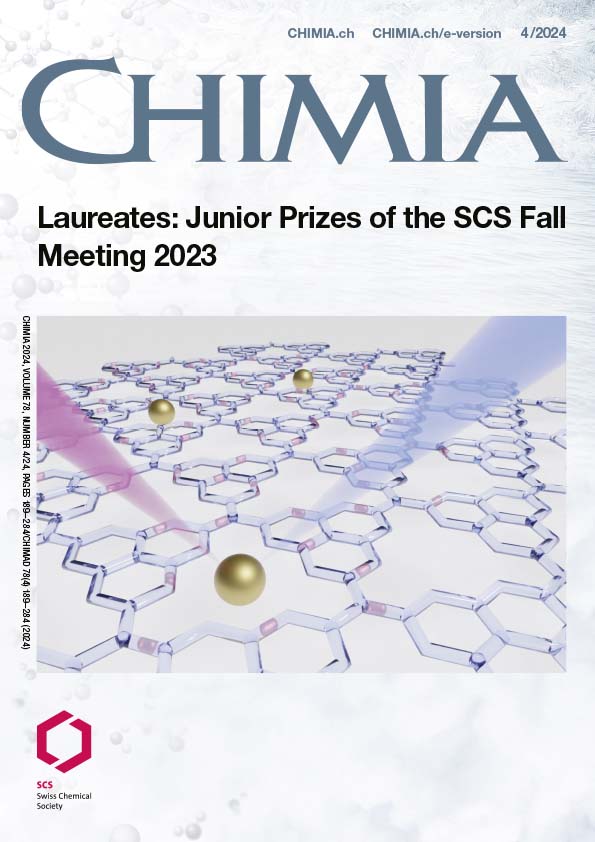Advances in Oxygen Isotope Analysis of Phosphate by Electrospray Orbitrap Mass Spectrometry for Studying the Microbial Metabolism of Microorganisms
DOI:
https://doi.org/10.2533/chimia.2024.256PMID:
38676620Keywords:
Microbial metabolism, Orbitrap mass spectrometry, Oxygen isotope ratios, Phosphate, Phosphoryl transfer reactionsAbstract
Understanding the impact of human activities on the metabolic state of soil and aquatic environments is of paramount importance to implement measures for maintaining ecosystem services. Variations of natural abundance 18O/16O ratios in phosphate have been proposed as proxies for the holistic assessment of metabolic activity given the crucial importance of phosphoryl transfer reactions in fundamental biological processes. However, instrumental and procedural limitations inherent to oxygen isotope analysis in phosphate and organophosphorus compounds have so far limited the stable isotope-based evaluation of metabolic processes. Here, we discuss how recent developments in Orbitrap high resolution mass spectrometry enable measurements of 18O/16O ratios in phosphate and outline the critical mass spectrometry parameters for accurate and precise analysis. Subsequently, we evaluate the types of 18O kinetic isotope effects of phosphoryl transfer reactions and illustrate how novel analytical approaches will give rise to an improved understanding of 18O/16O ratio variations from biochemical processes affecting the microbial phosphorus metabolism.
Funding data
-
Schweizerischer Nationalfonds zur Förderung der Wissenschaftlichen Forschung
Grant numbers 205321_207503
Downloads
Published
Issue
Section
License
Copyright (c) 2024 Nora M. Bernet, Thomas B. Hofstetter

This work is licensed under a Creative Commons Attribution 4.0 International License.







